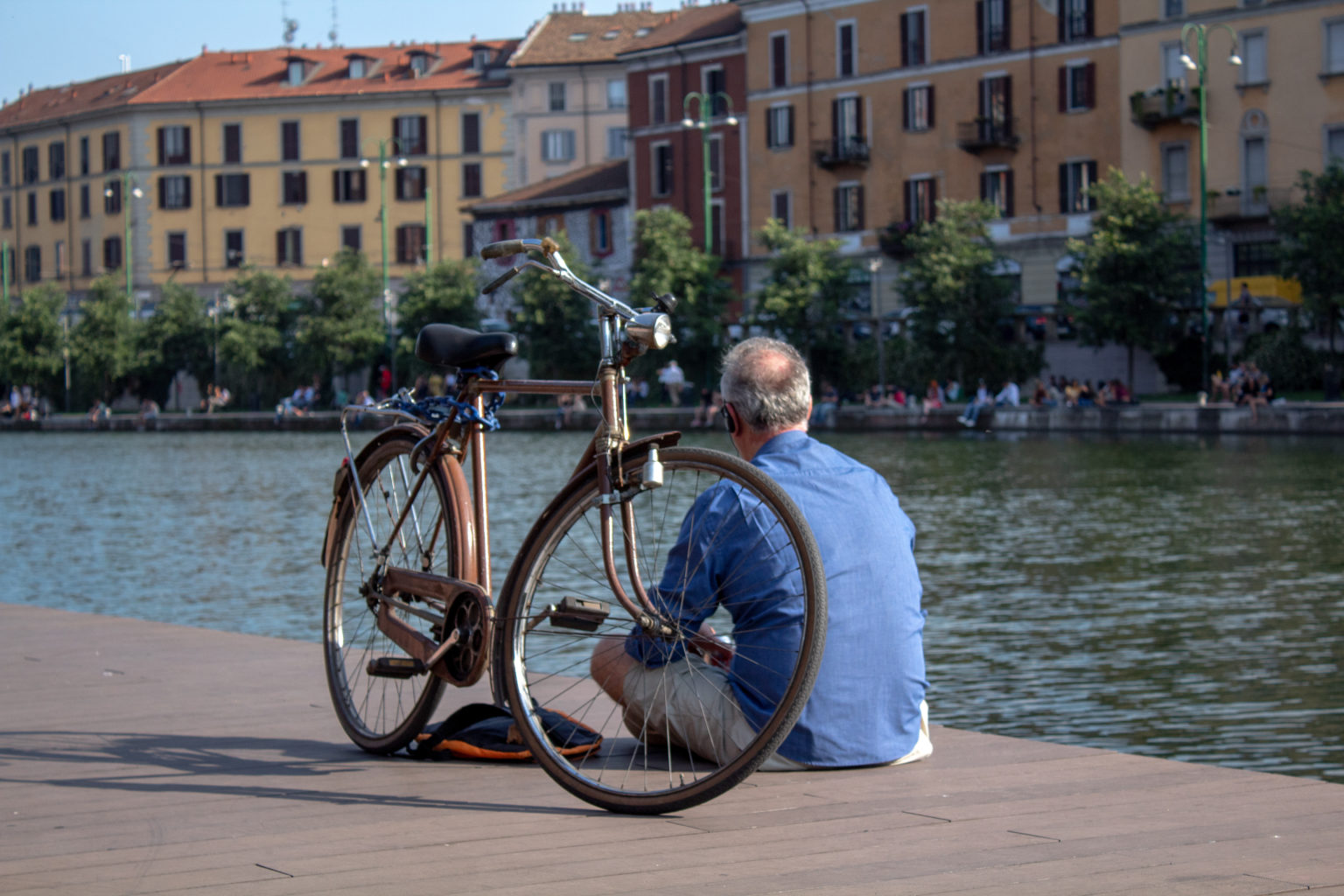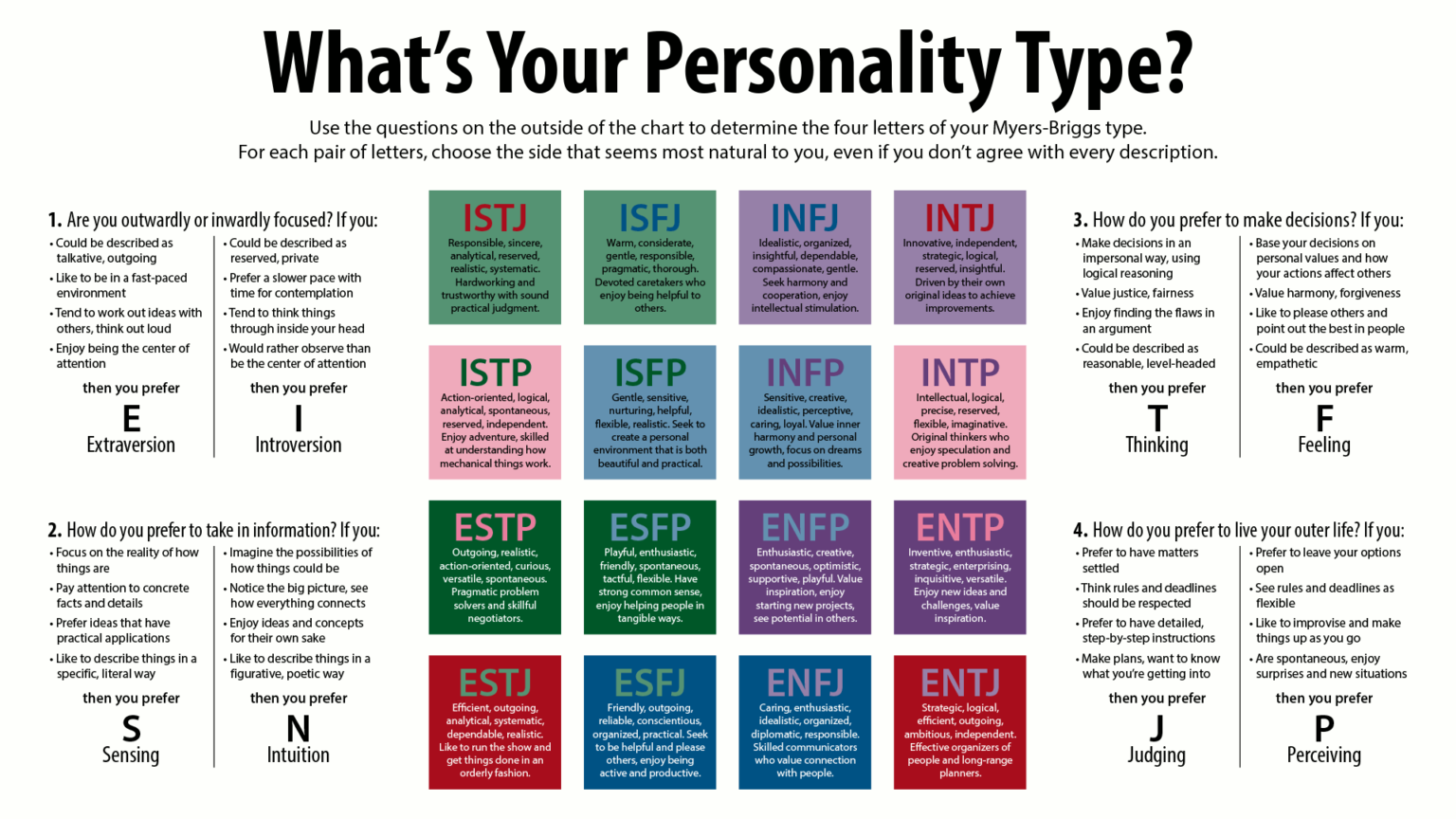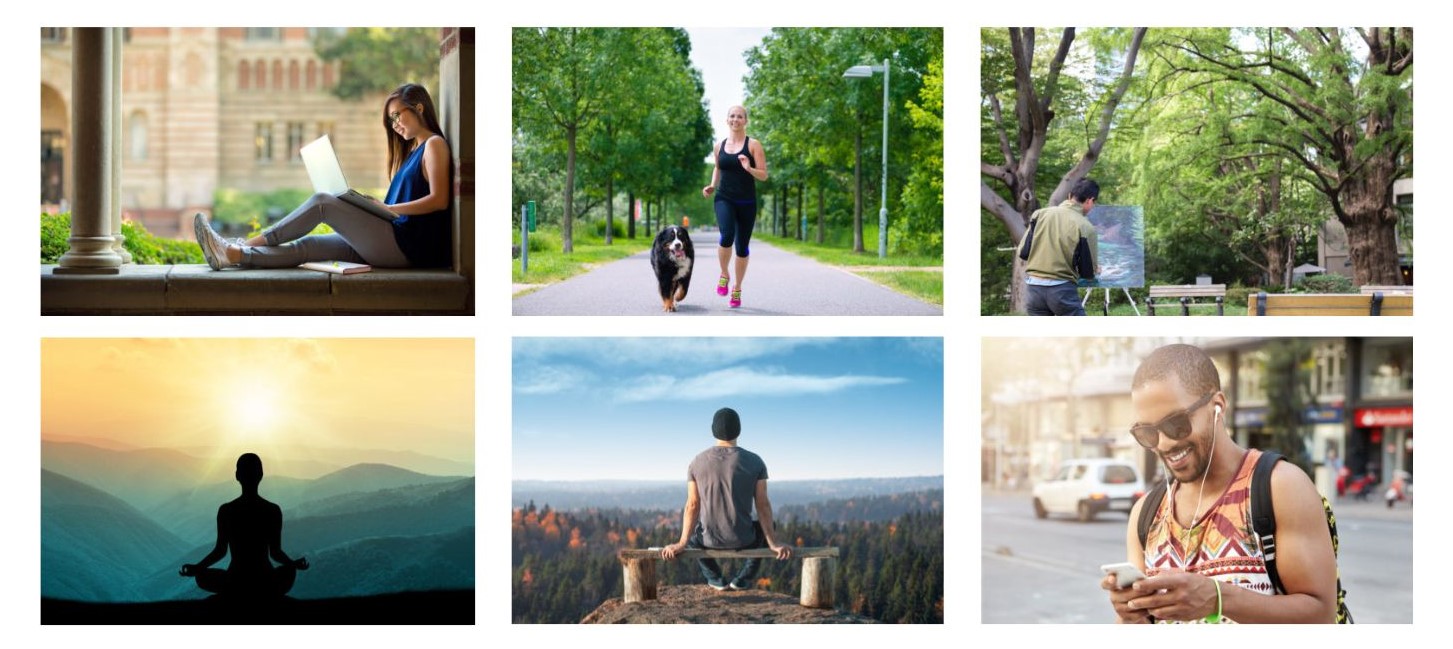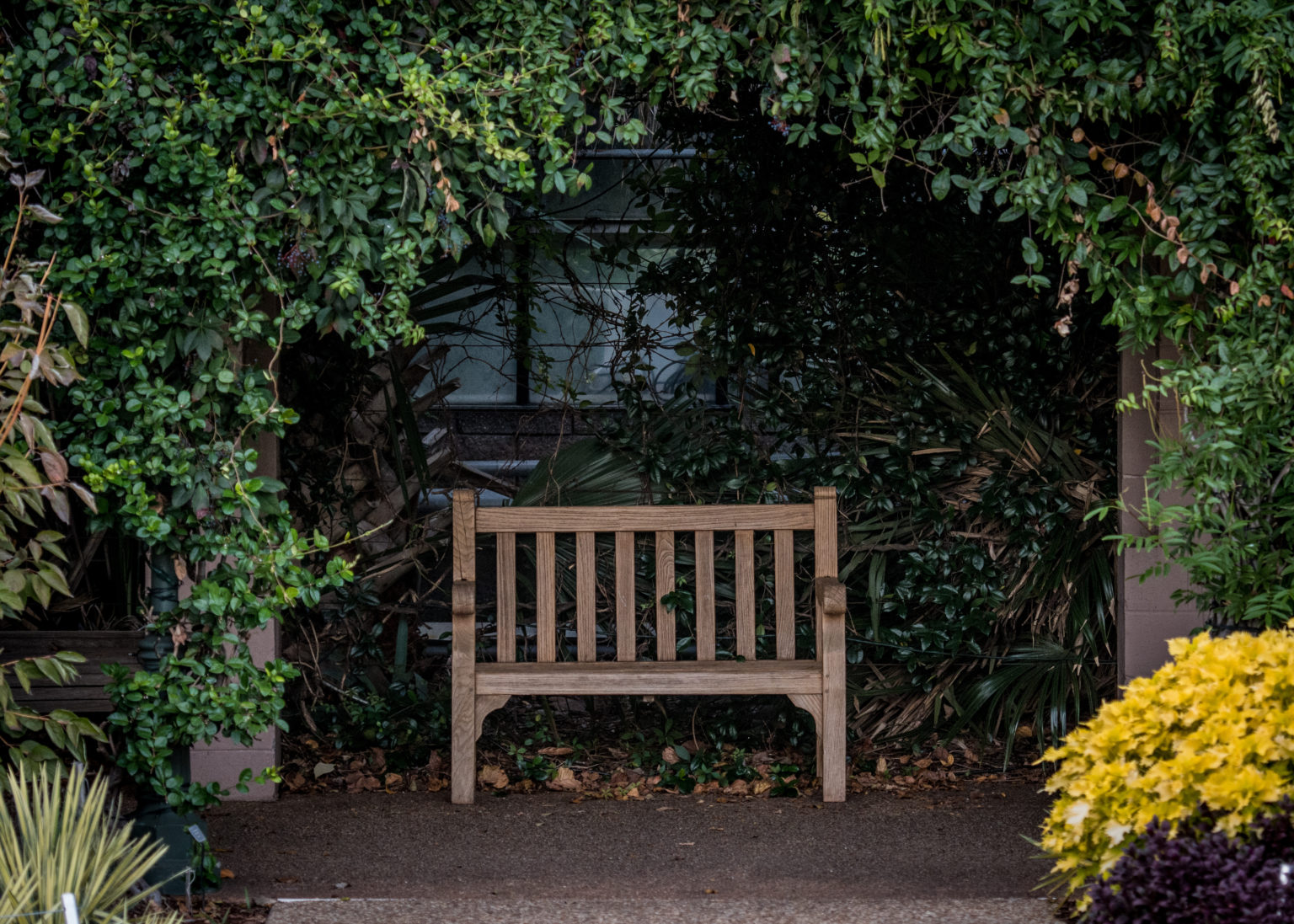Community Spaces for Introverts
Written by Vicky Ringleb, PLA, QSD/QSP, Landscape Architect
Why Should We Have Community Spaces for Introverts?
Community spaces are places used in a variety of ways by the entire community. People use these spaces to gather, play, interact, relax, enjoy nature, and recharge3. Community spaces are for the whole community, including the 40% of the population that identifies as introverted. The diversity of the spaces we use should reflect the diversity of the people using them.
Many outdoor spaces are designed for multiple-user activities such as sports, group gatherings, and spaces for play and performance. These uses are wonderful for fulfilling the needs of the extroverted community. Extroverts need interaction and connections with other people to thrive.
Introverts need time by themselves to thrive and recharge. Unfortunately, the home environment is not always conducive to the needs of an introverted person, especially if it is filled with extroverts. Community spaces can be inclusively designed to fulfill the needs and desires of introverted people.

Are You An Introvert?
“Introverts are fueled by their own internal world focusing on their dreams and fantasies, while extroverts find the external world as a constant source of energy and fueled by socializing activity.”1
One of these personality traits are not better than the other. These classifications are simply a way to identify what fuels our energy. All people fall along the spectrum of introversion to extroversion. Some of us even bounce between our introverted sides and extroverted sides to stay balanced.
“There are still many misconceptions about this (introverted) personality type. It is also important to note that introversion is not the same thing as social anxiety or shyness.”2 Being alone is positive and restorative.
Do you tend to be more introverted or extroverted? Take the famous Myers-Briggs personality test to find out!

What Introverted Activities Occur in Community Spaces?
Sometimes it can be hard to identify specific introverted activities happening in our community spaces because they are not advertised! Many introverted activities are simply naturally carried out by an individuals’ personal preference for what will rejuvenate them within the community space. These activities take on three forms: in the mind, moderately physical, and highly physical.
Introverted activities that occur within the mind: Meditation, thought, prayer, reflection, contemplation, and observation.
Introverted activities that are moderately physical: Photography, star gazing, visiting an empty beach, reading, writing, studying, creating art, playing solitaire, and the ever-common smartphone time.
Introverted activities that are highly physical: Dog walking, hiking, bike riding, yoga, and Ti Chi.

How Can We Design Community Spaces for Introverts?
As designers, we must open our minds to inclusively design community spaces for people who identify as introverted. Have you ever wondered why parks have benches and not chairs? We must not focus only on the group aspect of community spaces and remember that individuals use community spaces as well.
We must create places within the community space that is intended to be used by only an individual. When it is in use by someone, it should be clear that it is occupied. Shared use of this space is not welcome, and that intent should not need to be explained. Where is “your spot” in your community space? When a small part of a community space starts to take on a sense of possession, it is sure to be a good spot for introverts. This is where true rejuvenation of an introverted personality can occur.
Design solutions can be as simple as providing a seat that is away from the action and away from the areas designed for group activities. Great ideas for creating public spaces for introverts are to utilize wooded areas, cool colors, quiet places, places with a protected back, indirect entries, and enclosed spaces to create areas with prospect refuge that are separated from the public space.1
Other design elements well suited for introverts include community gardens, art displays, labyrinths, spiral shapes, solar USB chargers, and book nooks with exchange libraries.
Can Community Spaces for Introverts be Used by Everyone?
Yes! “Introverted spaces” can be used by ANYONE who needs time for independence. Community spaces can be a great place to fulfill the needs of the whole community and the introverted community if they are inclusively designed for them, too! We create spaces for introverts in the community with places conducive to social retreat and with spaces inviting to rejuvenate an individual’s energy!

References
- Viktoriya Pozdnyakova’s 2016 thesis, Introverts in the Built Environment: https://issuu.com/victoriapozdnyakova/docs/viktoriyapozdnyakova_thesis_researc
- Verywellmind.com
- https://introvertdear.com/news/introverts-nature/
. . .
About the Author
Vicky Ringleb, PLA, QSD/QSP, is a Landscape Architect in our Modesto, CA office. She many years experience in the industry and holds a BS in Landscape Architecture from UC Davis. She is passionate about the design of inclusive spaces and loves to see all community members finding happiness and joy in the public spaces she designs.